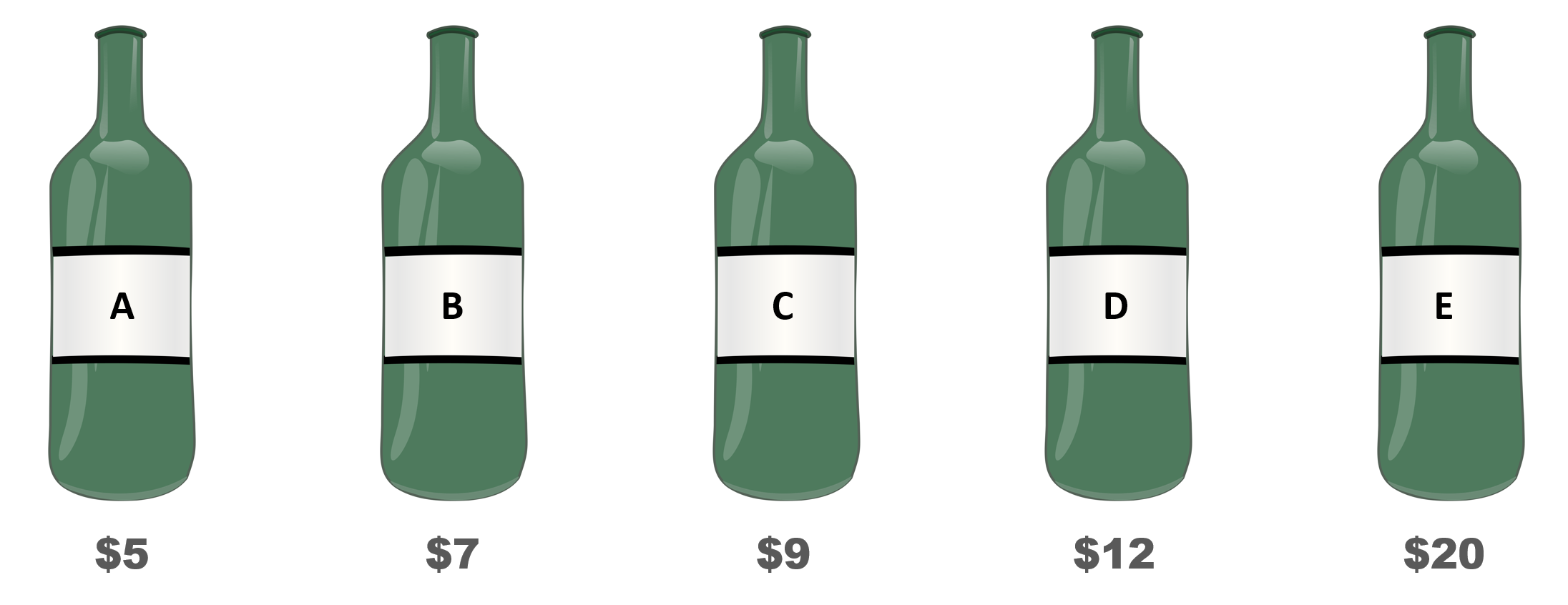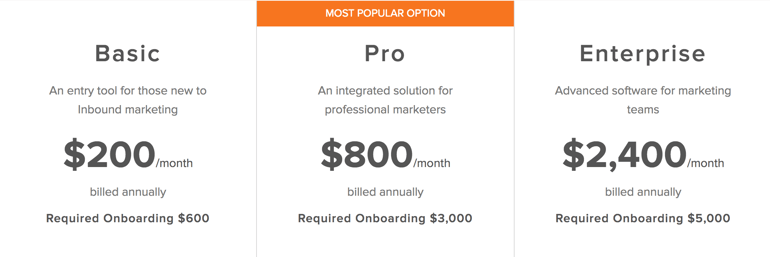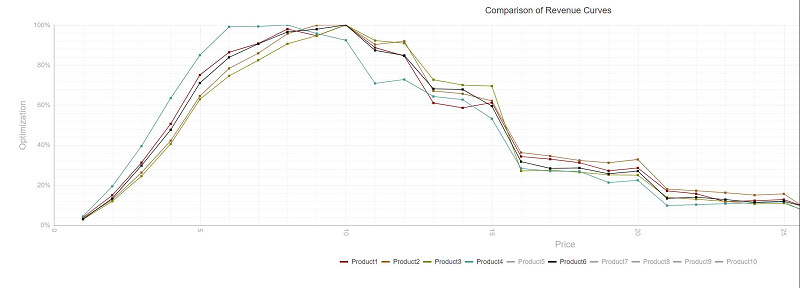Assortment Optimization - Customer Preferences and Value Roles
 PriceBeam
·
4 minute read
PriceBeam
·
4 minute read

How many products should there be in an assortment, and how should they be priced individually? Does adding more products change the dynamics or psychology of customer choice? Or are there too many products that neither the customers nor the production department really can cope with?
This is a challenge in many industries. Classically, consumer goods manufacturers go through an assortment optimization (read: reduction of number of products) every few years as they also add many new innovations. But all kinds of other industries have similar challenges: how many car models to offer? What kind of software packages / plans should a Software-as-a-Service vendor offer?
Pricing Psychology
One of the most common mechanisms in range price optimization is the concept of "price anchoring". It relates to the practice of establishing a reference point that customers can relate to when judging the value of a product. In a simple form it could be "was 200, now 150". The 200 is the anchor price that the customer relates to, and 150 is the actual sales price of the product you want to sell. Price anchoring is strategically managing the frames of reference that customers use for valuing your product by creating and adjusting price anchors.
A low-hanging fruit is to adjust existing price anchors, given that it’s within your power (which, surprisingly often, it is). Most SaaS companies, for instance, will be selling several packages, all of which are interdependent in that they act as price anchors -- that is, the price of the individual package will influence the perceived value of another package. Most SaaS firms will have a ‘preferred package’, and hence, the prices of other packages should be set to optimize sales of this preferred package.
Let’s look at the SaaS firm HubSpot.

Obviously, HubSpot wants to sell their Pro-version, but, of course, they still have their Basic-version for those really price-sensitive startups, and an Enterprise-version for big companies where $2,400 is no big deal. Implicitly, with this pricing, HubSpot is claiming that the Pro-version is worth an additional $600 per month compared to the Basic version -- so if the additional value is kept constant (i.e. no new features are introduced to the pro-version), HubSpot needs to increase the 'Basic' price to increase willingness to pay for the Pro-version. Moreover, by setting such a high Enterprise-version price, HubSpot makes the Pro-version seem like a bargain. You get almost the same functionality, at a third of the price. So it works both ways -- which is probably why HubSpot increased the price of the Enterprise-version from $1,000 to $2,400.

Sometimes you don't have any price anchors that you can adjust; or maybe you just need more to create the perfect context for the price. In that case, you may find it useful to create one yourself. With price anchoring, we often talk about 'useless price points': that is, prices that you don't really expect anyone to pay because there is a great imbalance between price and value. For instance, as HubSpot, you can create an Enterprise-version to make your preferred product seem like a bargain.
Customer Preferences and Range Composition
In his book "Predictably Irrational", Professor Dan Ariely explains the reasoning behind a case from The Economist Magazine. Originally, they had two offerings:
|
Subscription type |
Cost for a year |
Percentage that chose it |
| Web only | $59 | 68% |
| Print and Web | $125 | 32% |
As you can see, twice as many chose the cheaper web-only option. However, then they introduced a third range option:
|
Subscription type |
Cost for a year |
| Web only | $59 |
| Print only | $125 |
| Print and Web | $125 |
But wait. Why is the print-only and the print-and-web subscription types both priced at the same $125? because it creates an anchoring effect that makes customers choose differently in the assortment:
|
Subscription type |
Cost for a year |
Percentage that chose it |
| Web only | $59 | 16% |
| Print only | $125 | 0% |
| Print and Web | $125 | 84% |
Because the print and web combo plan now looks comparatively more valuable (I get both print AND web for the same price as just Print) than the print-only option, many more customers went for the most expensive Print and Web option.
These kind of mechanisms are key in assortment optimization, and with the right insights tool, it is very easy to test before making the price or product changes.
Value Roles for each Product to Play
Another aspect of assortment optimization is what role each product plays in terms of offering value to the customer. Do customers see a difference between the 5, 7 or 10 products in the range? Do they value those differences and accept that some of them should be premium priced? or do all 10 items seems to be all the same to the (potential) customers? In other words, does each product in the assortment have a clear and distinct value role to play?
With PriceBeam's platform one can also with a few clicks produce a number of other analyses. One of them is this kind of comparison of virtual demand curves in an assortment comparison:

The 5 highlighted products (1, 2, 3, 4 and 6) are all from the same brand, but different line extensions. One of the conclusions here is that for the target segment there is a problem that while Product 4 has a distinct value profile, the other four are too close to each other in terms of willingness-to-pay at least, as consumers have a more or less same value perception. While the 4 overlapping products may have other relevant benefits, one of the actions taken by the company in question was to take two of the product extensions up in price to 11.99, in this case products 2 and 3 as they have a higher willingness-to-pay profile at higher price points.
Optimizing YOUR Assortment
To answer some of these questions, we are very excited to be launching PriceBeam Assortment Optimization Lab:
https://www.pricebeam.com/assortment-optimization
This new market research type allows companies to test different assortment options and prices. You can define different scenarios and test customer or consumer choice between different options. The outcome is quantitative market insights into customer preferences, default / first choices, optimal range composition and roles for each product to play. It can also be used to assess customer impact of reduction in number of SKUs.
Similar to all our other research types, PriceBeam Assortment Optimization Lab is available in 109 countries and results are available online on our cloud platform in as little as 48 hours.
To learn more, please visit our website, or book a free demo.
.png?width=400&height=100&name=PBLogoTransparent%20(1).png)



